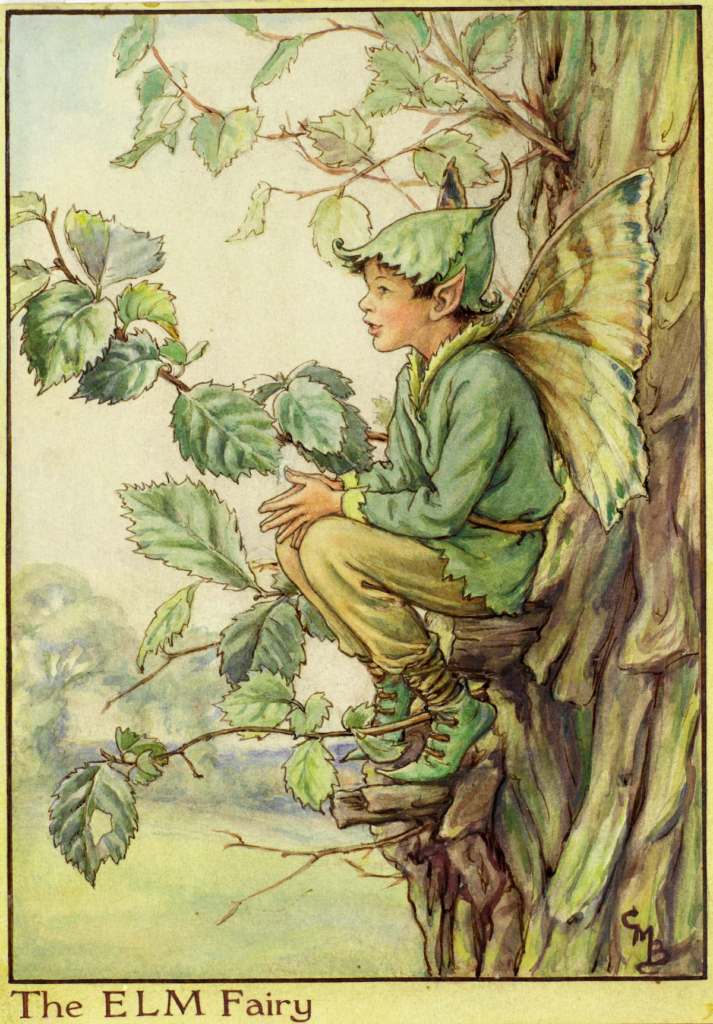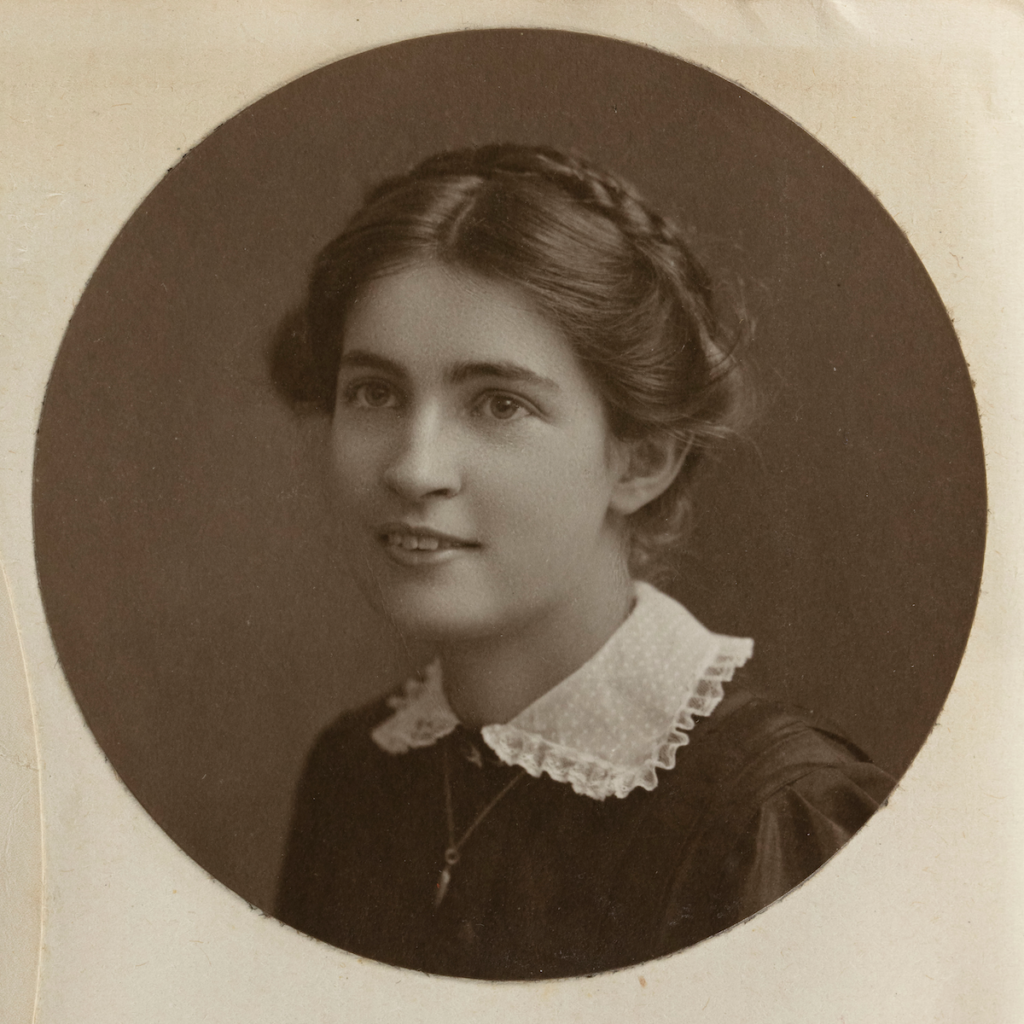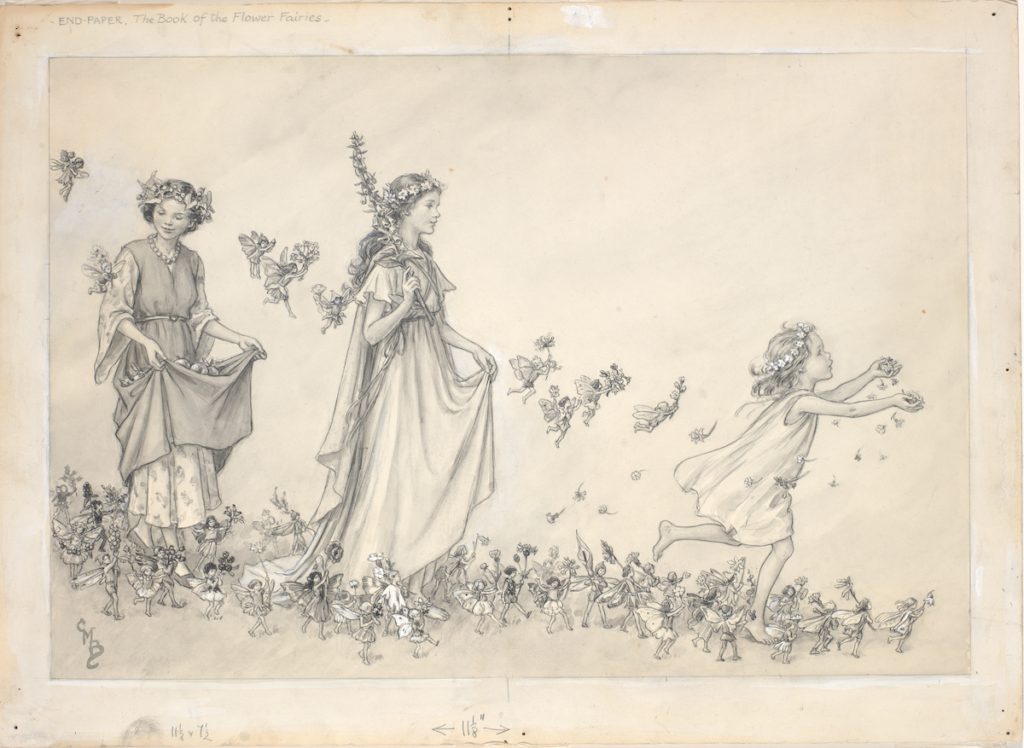 Abraham Lincoln
If given the truth, the people can be depended upon to meet any national crisis...
Abraham Lincoln
If given the truth, the people can be depended upon to meet any national crisis...
 Guildford news...
for Guildford people, brought to you by Guildford reporters - Guildford's own news service
Guildford news...
for Guildford people, brought to you by Guildford reporters - Guildford's own news service
Come and Meet the Flower Fairies at Watts Gallery
Published on: 21 Oct, 2024
Updated on: 24 Oct, 2024
By Alice Fowler
Generations of little girls – myself included – grew up with the Flower Fairies: an enchanting series of illustrated books that featured whimsical, delicate-featured fairies alongside botanically accurate drawings of trees and plants.
The creator of those books is featured in a new exhibition, “Flower Fairies: the Magical World of Cicely Mary Barker”, on show at Watts Gallery from October 22nd to April 27th next year.
The exhibition is the gallery’s first to be aimed full-square at children, with many opportunities to play and create, explore nearby woodlands on a new Tree Fairy Trail, and step inside recreated scenes from Barker’s books.
Presented in association with Penguin Random House Children’s UK, the exhibition takes visitors on a journey from the artist’s childhood to the creation of her fairy characters.
While children play, adults – mothers and grandmothers especially – will surely enjoy a nostalgic chance to revisit their own childhood favourites, including original illustrations of the White Bindweed Fairy, the Lavender Fairy and the Elm Fairy, among others.
The original Flower Fairies books I read as a child, published by Blackie and Son, had been well read by my mother and her sisters: so much so that the spines were worn to threads and the pages somewhat sticky, from small fingers.
First published a hundred years ago, the Flower Fairies seem born of a more innocent age, when children were more closely connected to nature, and – without modern distractions – books such as Barker’s could be read and reread for hours. Their effect was profound: inspiring in many young readers – alongside Beatrix Potter’s books, which they resembled in format – a lifelong reverence for nature.
Looking at Barker’s illustrations now, what shines through is their authenticity. Barker lived in Croydon (then part of Surrey), and modelled her fairy characters on neighbours’ children or those attending her elder sister Dorothy’s nursery school.
She took botanical accuracy seriously too, sending paintings to Kew Gardens to check she had identified species correctly. While her subject matter was whimsical, her attention to detail was rooted firmly in the real world.
Born in 1895, Cicely was a delicate child who spent most of her time at home, often confined to bed. To pass the time, she read books and started to draw.
One of her earliest pictures, on display at Watts, shows a fairy chasing butterflies (c. 1905): showing that, from an early age, fairies occupied her imagination. She also enjoyed dressing up the family’s pet dogs and drawing self-portraits.
Cicely’s father, Walter Barker, was a grain merchant, and an accomplished artist himself. Recognising his daughter’s talent, he enrolled her at the Croydon School of Art when she was 13, and also paid for a correspondence course in art.
When Cicely was just 17, her family’s comfortable, middle-class existence was rocked when her father died suddenly from a bacterial infection.
Determined to help with the family finances, and with help from her correspondence tutor, Cicely created several sets of postcards, published during and after World War One.
After the war, as interest in spiritualism and fairies grew, Cicely embarked on the Flower Fairies books that would make her name. First published in 1923, with accompanying poems, they became an international publishing sensation.
Queen Mary was a fan, and the Watts exhibition includes a message from the late Queen Mother, thanking Barker for a book sent to the young Princess Elizabeth. More books followed, including The Lord of the Rushie River (1938), about a swan Barker had dreamt of as a child.
It is interesting to note that for all the apparent innocence of her works – in the tradition of other female artists such as Kate Greenaway and Mabel Lucie Attwell – Barker was driven by commercial forces: the need to support her family. Like Mary Watts, co-founder of Watts Gallery, she was an entrepreneur. Generations of her readers can be thankful for that.
Flower Fairies: the Magical World of Cicely Mary Barker runs at Watts Gallery from October 22nd 2024 to April 27th 2025. Click here for more information.
Recent Articles
- Children’s Charity Gets Into Gear For Its Big Annual Motoring Event
- Council Hopes New ‘Pump Track’ for Farnham Will Attract BMX Riders
- More Support Than Objection to School’s Floodlit Sports Pitch Proposal
- City Out of FA Cup After Replay
- Police Seek Witnesses to ‘Altercation’ at Caribbean Festival
- Spelthorne Councillor Repeats Plea to Home Office Not to Use Hotel for Asylum Seekers
- Dragon Interview: Cllr Townsend on Waverley’s CIL Issue
- Dragon Review: The Last Laugh – Yvonne Arnaud Theatre
- Last Chance for a Say on Local Government Reform
- Researchers Urge Reformed Suicide Prevention Approach



Search in Site
Media Gallery
Dragon Interview: Local Artist Leaves Her Mark At One of England’s Most Historic Buildings
January 21, 2023 / No Comment / Read MoreDragon Interview: Lib Dem Planning Chair: ‘Current Policy Doesn’t Work for Local People’
January 19, 2023 / No Comment / Read MoreA3 Tunnel in Guildford ‘Necessary’ for New Homes, Says Guildford’s MP
January 10, 2023 / No Comment / Read More‘Madness’ for London Road Scheme to Go Ahead Against ‘Huge Opposition’, Says SCC Leader
January 6, 2023 / No Comment / Read MoreCouncillor’s Son Starts Campaign for More Consultation on North Street Plan
December 30, 2022 / No Comment / Read MoreCounty Council Climbs Down Over London Road Works – Further ‘Engagement’ Period Announced
December 14, 2022 / No Comment / Read MoreDragon Interview: GBC Reaction to the Government’s Expected Decision to Relax Housing Targets
December 7, 2022 / No Comment / Read MoreHow Can Our Town Centre Businesses Recover? Watch the Shop Front Debate
May 18, 2020 / No Comment / Read More
















Recent Comments